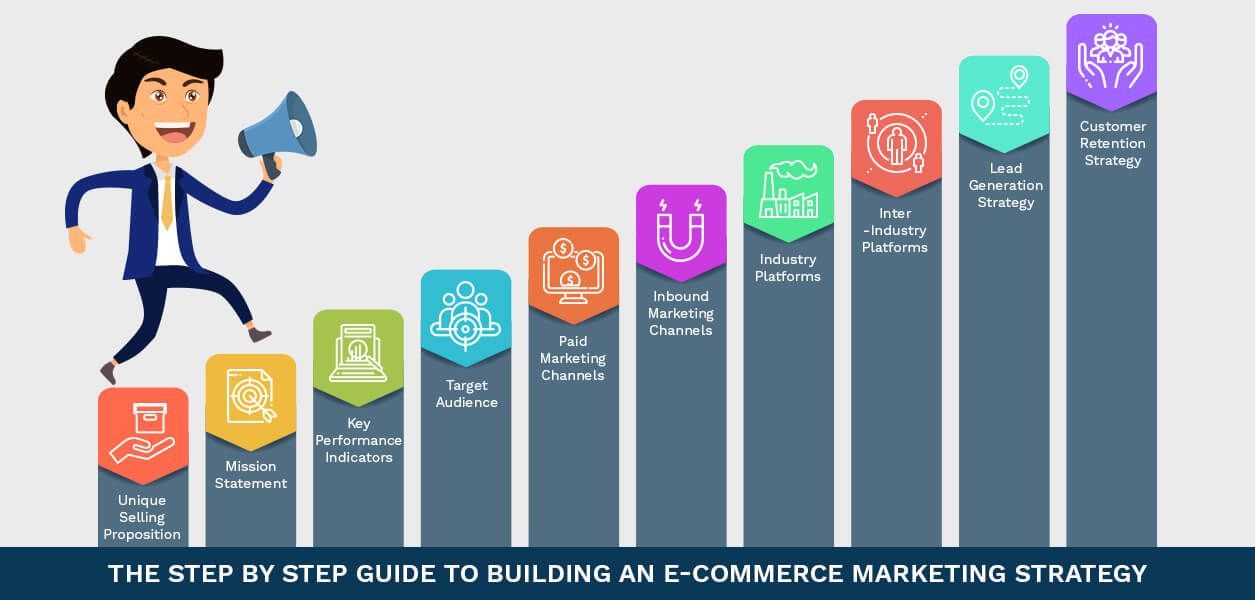E-commerce Strategy: Maximizing Online Sales
Online sales have become increasingly important for businesses, and having a solid e-commerce strategy is essential for maximizing your profits. In this article, we will explore different strategies and techniques that can help you drive more sales on your online store.
1. User-Friendly Website
A user-friendly website is the foundation of a successful e-commerce strategy. Your website should have an intuitive design, easy navigation, and clear product descriptions. Optimize your website for fast loading speeds, as slow websites can result in high bounce rates and lost sales.
Furthermore, ensure that your website is mobile-friendly. With the rise of smartphones, many customers make purchases on their mobile devices. A responsive web design will provide a seamless user experience across different devices and increase your chances of making a sale.
2. High-Quality Product Images
When shopping online, customers heavily rely on product images to visualize the items they are interested in. Therefore, it is crucial to invest in high-quality product images that accurately showcase your products. Use professional photography or hire a skilled photographer to capture appealing images that highlight the features and details of your products.
In addition, allow customers to zoom in on product images to get a closer look. This will help them make informed purchase decisions and boost their confidence in your products.
3. Detailed Product Descriptions
Accurate and detailed product descriptions are crucial for converting potential customers. Provide comprehensive information about your products, including dimensions, materials, and specifications. This will help customers understand what they are buying and reduce the likelihood of returns or dissatisfied customers.
Use clear and concise language, and highlight unique selling points or benefits. Incorporate keywords strategically to improve search engine optimization (SEO) and increase your chances of ranking higher in search results.
4. Streamlined Checkout Process
A complicated or lengthy checkout process can lead to abandoned shopping carts and lost sales. Streamline your checkout process by minimizing the number of form fields and steps required to complete a purchase. Offer guest checkout options to cater to customers who do not want to create an account.
Additionally, provide multiple payment options to accommodate different preferences. Offer secure payment methods and prominently display trust badges or certifications to reassure customers that their financial information is safe.
5. Personalization and Recommendations
Personalization is becoming increasingly important in e-commerce. By analyzing customer data and browsing behavior, you can deliver personalized product recommendations or promotions that are tailored to each individual customer.
Implement tools or plugins that allow you to track customer behavior and preferences. Use this data to offer personalized suggestions related to their previous purchases or browsing history. This can significantly enhance the customer experience and increase the likelihood of a purchase.
6. Social Media Marketing
Social media platforms have become powerful marketing channels for e-commerce businesses. Create engaging content and maintain an active presence on platforms such as Facebook, Instagram, Twitter, and Pinterest.
Utilize social media advertising to target potential customers who match your target audience. You can run targeted campaigns based on demographics, interests, or browsing behavior. Encourage your followers to share your products or posts, as word-of-mouth marketing can be highly effective.
7. Customer Reviews and Testimonials
Customer reviews and testimonials play a crucial role in building trust and credibility. Positive reviews from satisfied customers can influence potential buyers and increase their confidence in purchasing from your online store.
Implement a system that allows customers to leave reviews or provide feedback on your website. Additionally, showcase these reviews alongside your products to highlight social proof and reassure customers about the quality and reliability of your offerings.
8. Continuous Optimization
An effective e-commerce strategy requires constant monitoring and optimization. Analyze website analytics, conversion rates, and customer feedback to identify areas for improvement. Test different strategies, layouts, or messaging to see what resonates best with your target audience.
Stay updated with current industry trends and adapt your e-commerce strategy accordingly. Implementing new technologies or embracing innovative marketing techniques can give you a competitive edge and help maximize your online sales.
In conclusion, a well-executed e-commerce strategy can greatly enhance your online sales. Focus on creating a user-friendly website, optimizing product images and descriptions, streamlining the checkout process, personalizing customer experiences, leveraging social media, and utilizing customer reviews. Continuously evaluate and adjust your strategy to stay ahead of the curve and maximize your online sales potential.


